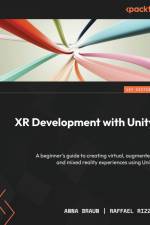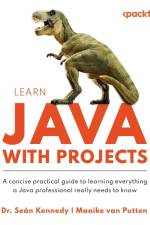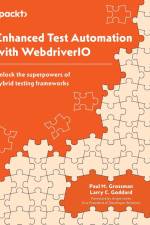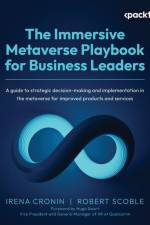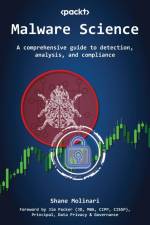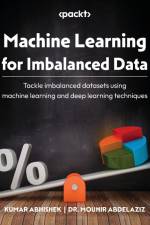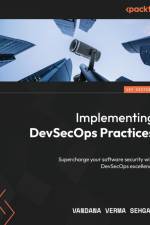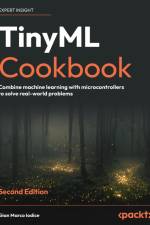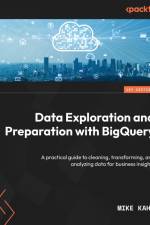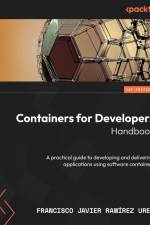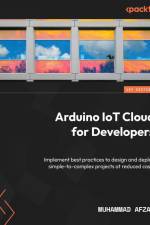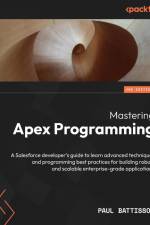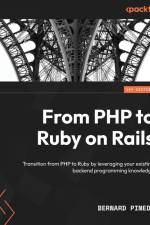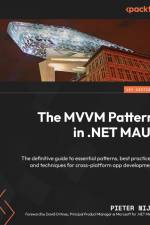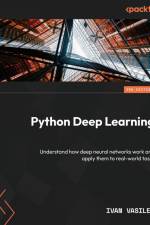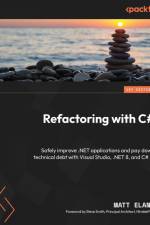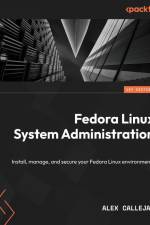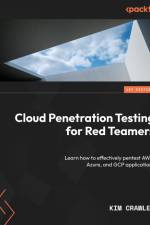von Atanas Georgiev Rusev
103,00 €
An easy-to-follow guide for newbies and intermediate users to learn Manjaro Linux for everyday tasks with practical examplesKey Features:Explore Manjaro, from installation to using all its available applicationsLearn how to easily protect your privacy online, manage your system, and handle backupsMaster key Linux concepts such as file systems, sharing, systemd, and journalctlPurchase of the print or Kindle book includes a free PDF eBookBook Description:Manjaro Linux, renowned for its smooth installation, user-friendly interface, and robust security features, is an Arch-based fast Linux distro enhanced with multiple graphical environments, GUI modules, and a full application setup, resulting in a top Linux distribution. This book is your guide to unlocking its full potential.Starting with an overview of the different editions and detailed installation instructions, the initial section offers insights into the GUI modules and features of each official edition. You'll then explore the regular software, work with the Terminal, and cover topics such as package management, filesystems, automounts, storage, backups, and encryption. The subsequent chapters will help you get to grips with data sharing, security and networking, firewalls, VPNs, and SSH in depth. Finally, you'll become well-versed in service and user management, troubleshooting, scripting, automation, and kernel switching.The book's modular structure allows you to quickly navigate to the specific information you need, and by its end, you'll have gained an appreciation of what sets Manjaro Linux apart.What You Will Learn:Gain insights into the full set of Manjaro capabilitiesInstall Manjaro and easily customize it using a graphical user interfaceExplore all types of supported software, including office and gaming applicationsLearn basic and advanced Terminal usage with examplesUnderstand package management, filesystems, network and the InternetEnhance your security with Firewall setup, VPN, SSH, and encryptionExplore systemd management, journalctl, logs, and user managementGet to grips with scripting, automation, kernel basics, and switchingWho this book is for:While this book is primarily a reference guide for beginners and intermediate users who want to explore Linux via Manjaro's top-notch distribution, it's also a perfect guide for Linux enthusiasts and newbies in search of a stable and secure OS with plenty of flexibility. Whether you're a student, new to Linux, or looking to migrate from Windows/macOS, this book will help you navigate easily. Prior Linux experience will help but is not required to get started with this book.




